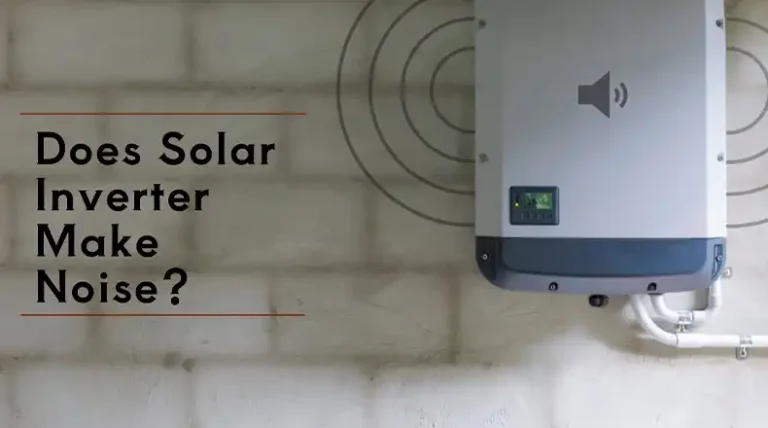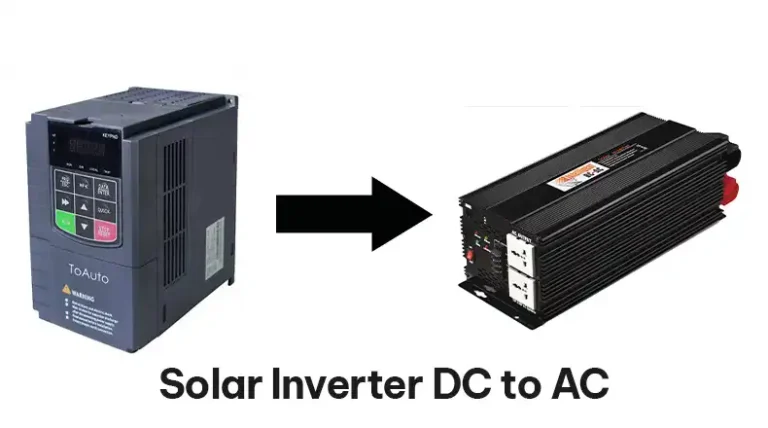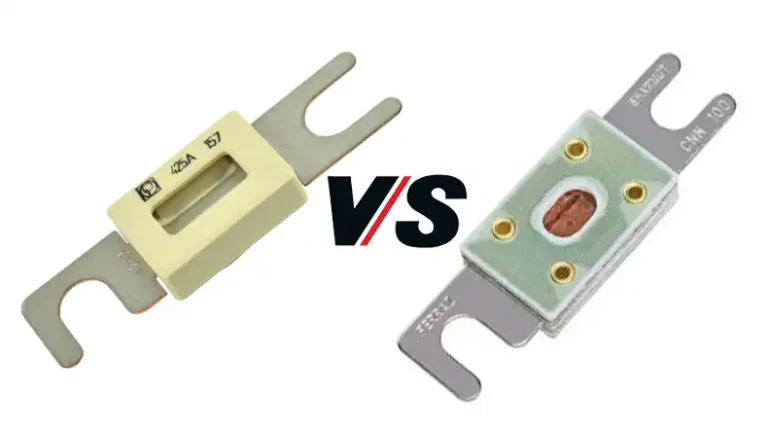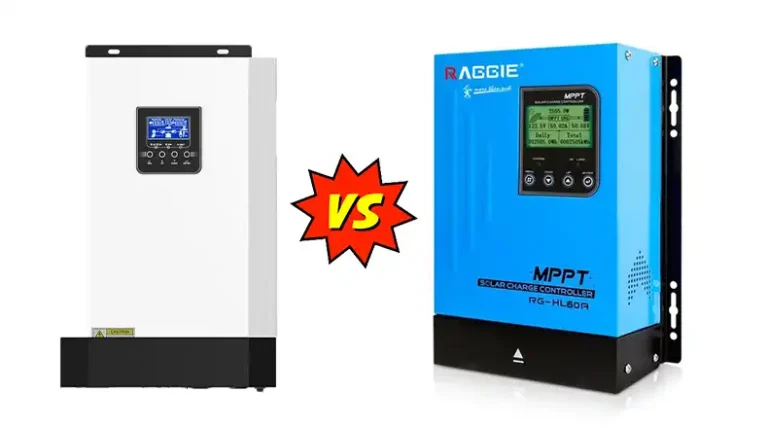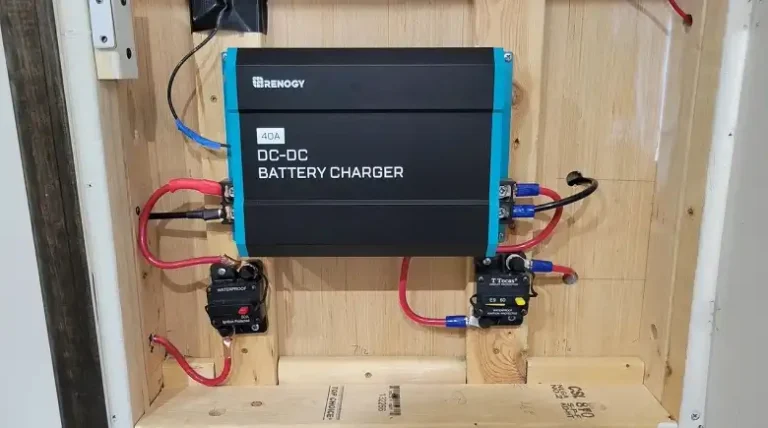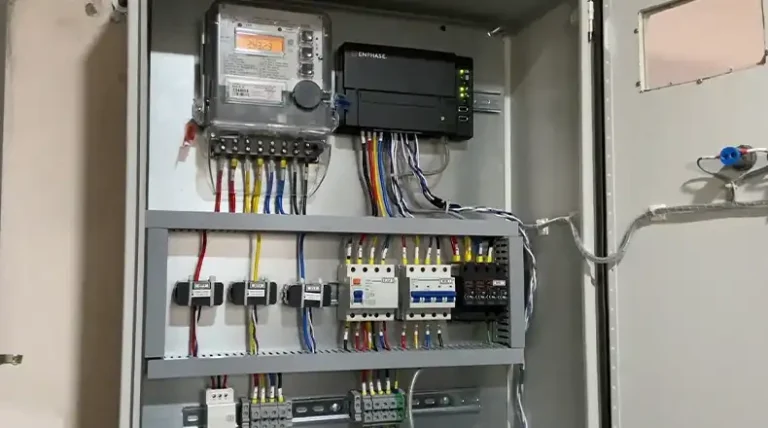What Can You Run On A Modified Sine Wave Inverter?
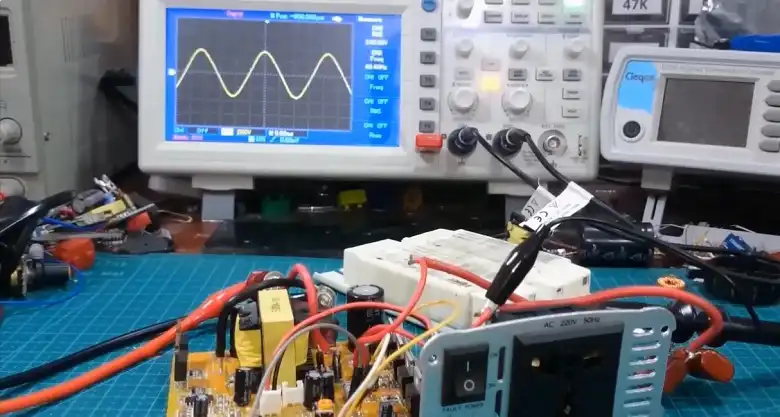
When it comes to powering appliances off-grid or during power outages, modified sine wave inverters can be an affordable option. But what exactly can you run on these devices?
Modified sine wave inverters are capable of powering many common household items, including resistive loads like light bulbs and heaters, as well as basic electronics such as laptops and phone chargers.
However, they may not be suitable for all appliances, particularly those with sensitive electronics or certain types of motors.
Understanding the capabilities and limitations of modified sine wave inverters is crucial for anyone looking to use them as a power source.
In this article, we’ll explore what you can safely run on a modified sine wave inverter and which appliances you might want to avoid, helping you make informed decisions about your power needs.
Understanding Modified Sine Wave Inverters
Before we dive into what you can run on a modified sine wave inverter, it’s important to understand what they are and how they differ from other types of inverters. This knowledge will help you make informed decisions about your power needs and equipment choices.
What is a Modified Sine Wave Inverter?
A modified sine wave inverter is a device that converts direct current (DC) from batteries into alternating current (AC) that can power household appliances.
Unlike pure sine wave inverters, which produce a smooth, continuous wave similar to grid power, modified sine wave inverters create a stepped, approximated waveform.
This stepped waveform is less “clean” than a pure sine wave but is sufficient for many applications.
Modified sine wave inverters are typically less expensive and more readily available than their pure sine wave counterparts, making them a popular choice for many off-grid and backup power setups.
How Does it Compare to Pure Sine Wave Inverters?
The main difference between modified and pure sine wave inverters lies in the quality of the power they produce.
Pure sine wave inverters generate power that closely mimics the electricity from your home’s outlets, making them ideal for sensitive electronics and motor-driven appliances.
Modified sine wave inverters, on the other hand, produce power that may cause some devices to run less efficiently or produce a buzzing sound.
However, for many common household items, the difference is negligible, and modified sine wave inverters can be a cost-effective solution.
What Can You Run on a Modified Sine Wave Inverter?
Now that we understand what modified sine wave inverters are, let’s explore the types of appliances and devices that typically work well with this power source.
It’s important to note that while many items can run on modified sine wave power, individual results may vary depending on the specific inverter and device in question.
Resistive Loads
Resistive loads are among the simplest and most compatible devices to run on a modified sine wave inverter. These appliances don’t rely on complex electronics or motor windings, making them less sensitive to power quality.
Incandescent Light Bulbs
Traditional incandescent bulbs work perfectly fine with modified sine wave power. You can expect them to light up just as they would on grid power, with no noticeable difference in brightness or performance.
Electric Heaters
Most electric heaters, including space heaters and water heaters, are essentially large resistors. They convert electricity directly into heat, regardless of the waveform. As such, they typically function well on modified sine wave power.
Simple Electronics
Many everyday electronic devices can operate safely on modified sine wave power, thanks to their internal power supplies that rectify and regulate the incoming current.
Laptops and Computers
Most modern laptops and desktop computers have power supplies that can handle modified sine wave input without issues. However, it’s worth noting that some users report a slight increase in heat generation from the power supply when using modified sine wave power.
Phone and Tablet Chargers
The majority of phone and tablet chargers use switching power supplies that are compatible with modified sine wave inverters. You should be able to charge your devices without any problems.
Basic Motor-Driven Appliances
While some motor-driven appliances can be sensitive to power quality, many basic models work fine with modified sine wave inverters.
Power Tools
Many handheld power tools, such as drills and circular saws, use universal motors that are generally compatible with modified sine wave power. However, tools with variable speed controls might not function as smoothly.
Vacuum Cleaners
Most standard vacuum cleaners will operate on modified sine wave power. However, some users report increased noise or slightly reduced suction power compared to operation on pure sine wave or grid power.
Some Kitchen Appliances
Several common kitchen appliances can run on modified sine wave inverters, although performance may vary.
Toasters
Basic toasters typically work well with modified sine wave power. Their heating elements are resistive loads, which are generally compatible with this type of inverter.
Coffee Makers
Many coffee makers, especially simpler models without complex electronics, can operate on modified sine wave power. However, programmable models with digital displays might experience issues or inaccuracies in timekeeping.
Appliances to Avoid with Modified Sine Wave Inverters
While modified sine wave inverters are versatile, there are certain appliances and devices that may not function properly or could even be damaged when used with this type of power.
Sensitive Electronics
Devices with sensitive electronics, such as medical equipment, audio/visual systems, and certain home theater components, often require the clean power provided by a pure sine wave inverter.
The irregular waveform of a modified sine wave inverter can cause interference, reduce performance, or, in some cases, lead to permanent damage.
- Audio/Visual Equipment: High-end audio systems, HDTVs, and other sophisticated AV equipment can experience issues like buzzing, reduced image quality, or poor sound performance when powered by a modified sine wave inverter. If you’re relying on high-quality output, it’s best to opt for a pure sine wave inverter.
- Medical Devices: Medical equipment, such as CPAP machines or oxygen concentrators, should not be used with a modified sine wave inverter unless specifically approved by the manufacturer. The risk of malfunction could have serious consequences, so it’s essential to prioritize safety with these devices.
Certain Motor Types
Some motor-driven appliances may struggle with modified sine wave power, particularly those with more complex motors or those requiring precise speed control.
- Microwaves: Although some microwaves might work on a modified sine wave inverter, many users report reduced cooking efficiency or uneven heating. This is because the modified sine wave can interfere with the magnetron’s operation, leading to suboptimal performance.
- Refrigerators and Freezers: Compressors in refrigerators and freezers may not run as efficiently or could overheat on a modified sine wave inverter. The startup surge required by these appliances can also be problematic, potentially causing the inverter to shut down or the appliance to function poorly.
Medical Equipment
As mentioned earlier, using medical equipment with a modified sine wave inverter is not recommended unless explicitly stated by the manufacturer.
This includes devices like CPAP machines, oxygen concentrators, and other life-sustaining equipment. The irregular power supply could cause these devices to malfunction, leading to potentially dangerous situations.
Factors to Consider When Using a Modified Sine Wave Inverter
When deciding whether to use a modified sine wave inverter, there are several factors to keep in mind to ensure safe and effective operation:
- Wattage Requirements: Always check the wattage rating of both the inverter and the appliances you intend to run. Make sure your inverter can handle the total load, including the initial surge power required by some devices.
- Device Compatibility: Consult the manufacturer’s guidelines for your appliances to confirm whether they are compatible with modified sine wave power. When in doubt, it’s safer to use a pure sine wave inverter.
- Noise and Efficiency: Be aware that some devices may operate less efficiently or produce more noise when powered by a modified sine wave inverter. This is common with devices that rely on precise motor control or sensitive electronics.
- Inverter Quality: Not all modified sine wave inverters are created equal. Higher-quality inverters may provide a cleaner output, reducing the risk of interference or damage to your appliances.
Conclusion
Modified sine wave inverters offer an affordable and practical solution for powering many common household appliances during off-grid situations or power outages.
While they may not be suitable for every device—especially those with sensitive electronics or certain motor types—they can effectively run a wide range of resistive loads, simple electronics, and basic motor-driven appliances.
By understanding the capabilities and limitations of modified sine wave inverters, you can make informed decisions about which appliances to power and how to set up your system for maximum efficiency and safety.
Always consider the specific needs of your devices, and when in doubt, consult the manufacturer’s recommendations or opt for a pure sine wave inverter for critical applications.

